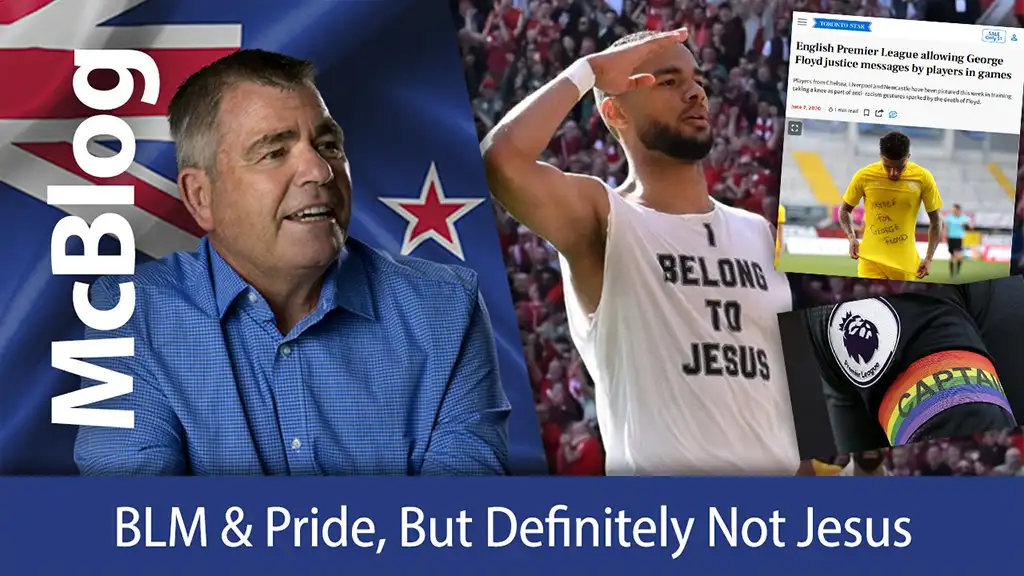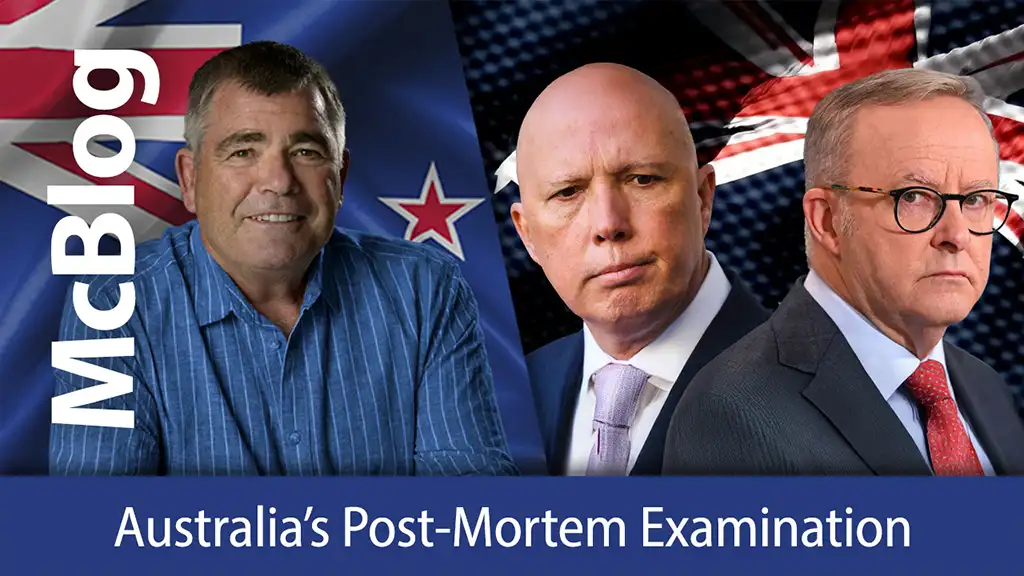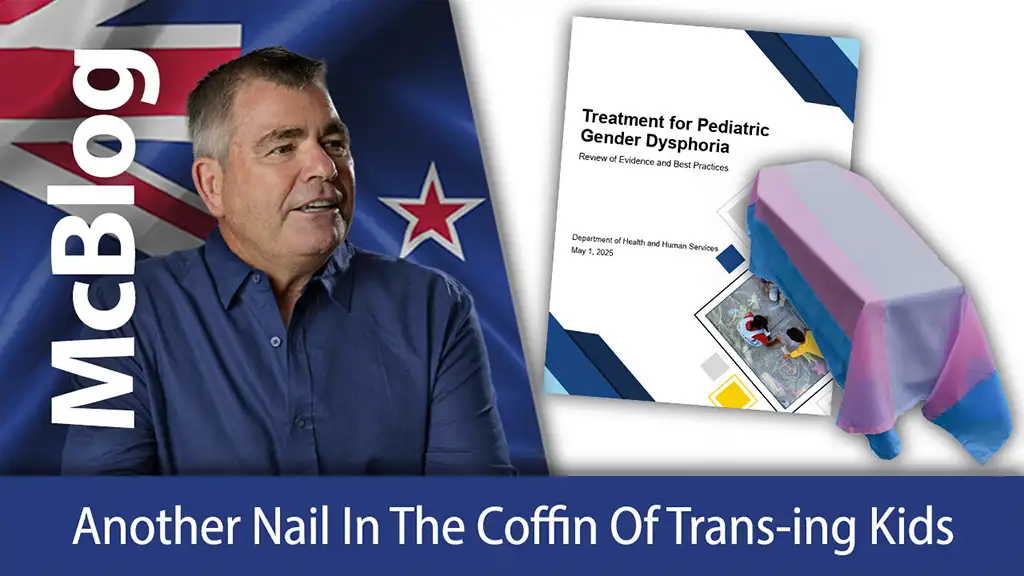There’s quite a line up of conservative-leaning minor parties that want your vote at the General Election. What happens if you like them all but you can only pick one. And if everyone picks different ones, then what happens? Is there a solution? Bob puts forward his solution and the reasons for it.
There’s quite a line up of conservative leaning minor parties to choose from at the moment isn’t there. And what happens if you like them all but you can only pick one. And if everyone picks different ones, then what happens? Is there a solution?
So these are what I would call the minor parties not currently in parliament or polling around 5% – but are conservative leaning.
New Conservatives, Freedoms NZ, Leighton Baker party, Democracy NZ, NZ Loyal, and now the new kid on the block NewZeal, and there’s even a women’s rights party.
Firstly, let me acknowledge that we agree on many things.
Currently, apart from a handful of MPs, the House of Representatives fails to represent the voice of social conservatives. Parliament has gradually become more and more socially liberal – even amongst the so-called centre-right parties. A Parliament which unanimously votes to allow gender on a birth certificate to be based on self-identity rather than biological fact proves just how liberal the institution has become.
New Zealand desperately needs more social conservative voices. We need voices in Parliament which will speak boldly and unapologetically for the unborn child; oppose radical sexuality and gender ideology, divisive critical theory, and climate alarmism targeted at young children; and protect vulnerable young people from the chemicalisation and castration of healthy bodies.
We need voices in power which will promote and protect the institution of marriage; which will respect the role of parents rather than attempt to exclude them from important issues such as abortion and gender dysphoria; politicians who will protect the elderly and vulnerable from seeing assisted suicide as a solution.
We need voices which will seek to protect our communities from drug use and normalisation. We need voices which respects freedom of conscience for New Zealanders who oppose compulsory vaccination and other health-related mandates. We need voices which protects freedom: religious freedom and free speech, amongst others.
So good on these parties for putting their hand up and being willing to get involved.
When I spoke at a recent church leaders’ gathering, I shared the significance of the word “synergy”.
Synergy is the cooperative working together of two or more people or organisations, when their combined effect is greater than the sum of their individual efforts.
You don’t need to be a seasoned political analyst to see that three or five or seven parties all seeking to attract the same type of voter is going to fail. It will simply split the vote. That is already quite evident from the political polls.
Even worse, the ‘wasted vote’, which could be as high as 7%, will be apportioned to parties who do make it to Parliament – the very parties which are failing to represent our voice currently.
As Albert Einstein said, “the definition of insanity is doing the same thing over and over and expecting different results.”
Let me tell you a short story. It’s the story of how a left wing movement created a voice in parliament that is still making an impact – for the worse (as you will soon see).
The Alliance was a left-wing political party in New Zealand. It was formed at the end of 1991 by the linking of four smaller parties.
The largest of the four was the NewLabour Party established by former Labour Party politician Jim Anderton. Plus the Democratic Party (originally known as the Social Credit Political League, Bruce Beetham won a seat in 1978 by-election, and Gary Knapp defeated Don Brash in a 1980 by-election in East Coast Bays. In 1981 they actually won 21% of vote but FPP, Mana Motuhake (a Māori party), the Greens (an environmentalist party) who had policy and electoral support, but not party organisation. They gradually began to work together to fight their common political opposition.
They established the three pillars of Alliance policy – left-wing economics (represented by NewLabour and the Democrats / Social Credit), environmentalism (represented by the Greens), and Māori issues (represented by Mana Motuhake).
Shortly after the official establishment of the Alliance, a small splinter group from the National Party applied to join. This group, known as the Liberal Party consisted of two former National Party MPs. The Liberals became the fifth member of the Alliance in June 1992. This gave the addition of the two Liberal MPs (Gilbert Myles and Hamish MacIntyre) – briefly.
There were also discussions regarding the Alliance’s links with former National MP Winston Peters, who founded the New Zealand First party. Peters was also opposed to the economic reforms being undertaken, was hostile towards big business, and claimed to support ordinary New Zealanders, but was also highly conservative in his social policies. (according to Wikipedia)
There were also problems regarding who would lead any merged entity – Jim Anderton or Winston Peters, it was unclear which of them should be senior.
In 1993 – under FPP – the Alliance gained 18% of the vote. However, the electoral system meant that the party only won two seats – one delivered by Jim Anderton, and the other by Sandra Lee in Auckland.
In the 1996 election, the first under MMP, the Alliance gained 10% of the vote. Under the new electoral system, this secured the party thirteen MPs.
In 1997, the Greens decided that they would leave the Alliance at the next election, believing that they could perform better individually. In the 1999 election, the Greens gained 5.16% of the vote and seven seats in Parliament. Alliance got 8%. Unity grew their vote to be across 2 left wing parties.
Then, in 2002, Anderton, along with three other Alliance MPs, established the Progressive Coalition Party (later just the Progressive Party). In the 2002 election, the Alliance and the Progressives competed against each other.
Progressives got 2 MPs, and 1 MP in each of the following elections – basically Jim Anderton – and then gone.
Alliance got no seat and 1.27% of the party vote. Died over the next 3 elections getting less than 0.1% of the vote. Goneburger.
What’s left?
And if that doesn’t scare you, nothing will. We are still suffering from the legacy of that left wing movement that came together.
How did they succeed? They had
- Experience / presence already in parliament – which is actually why Winston Peters gets so much traction, even when he’s not even in there.
- They had to sort leadership and personalities
- United on key pillars
- They had a common political opposition
- It was incremental – it took time, it didn’t just happen in election year
- They got a foot in the door
- It then became a platform for individual parties – which were united. The Greens stayed united. The alliance parties didn’t
- Disunity killed the alliance. And disunity would never have got them there in the first place.
Social conservatives need viable options this coming election. You may believe there’s already a party that fits the bill for you. Great.
But for all these minor parties putting huge effort and resource and energy with the desire of adding a conservative voice in Parliament, all these minor parties need to unite – as one party and as one voice.
United, they stand as a strong option.
Divided, I humbly and sadly suggest that they will all fail.
For once, I’d like to be wrong.



